Getting the medicines you need shouldn’t mean choosing between rent and refills. For millions of Americans without insurance or with coverage that doesn’t cover prescriptions, community clinics are a lifeline. These aren’t just charity shops-they’re organized, licensed, and often staffed by real doctors and pharmacists who know exactly how to get you the drugs you need for free or next to nothing. If you’re struggling to afford diabetes pills, blood pressure meds, asthma inhalers, or antidepressants, here’s where to look and how to actually get them.
What Kind of Clinics Give Away Medications?
Not all free clinics are the same. There are three main types that offer medication help, and knowing the difference saves time and avoids disappointment.Federally Qualified Health Centers (FQHCs) are the most reliable. They’re government-funded, open most days, and charge you based on your income. If you make less than $29,160 a year as a single person (200% of the federal poverty level in 2023), your visit and prescriptions could cost $10-$30. Some clinics even waive fees entirely if you’re below 100% of poverty. They have on-site pharmacies or work directly with local drugstores to fill prescriptions at deep discounts. You can find them using the HRSA Health Center Finder.
Free and Charitable Clinics are nonprofit, volunteer-run, and typically serve only those without insurance. Medications here are often completely free. These clinics rely on donated drugs from pharmaceutical companies like Americares and Direct Relief. They don’t take insurance, but they also don’t charge you. Most require proof of income and residency. They usually have limited hours-often just two evenings a week-so plan ahead. The National Association of Free & Charitable Clinics has a searchable map of over 1,400 locations nationwide.
Specialty Programs focus on specific conditions. For example, the Community Routes: Access to Mental Health Care program, launched in early 2023, gives grants to clinics in California, Florida, and New Jersey to provide free anxiety and depression medications. Teva Pharmaceuticals donated $2 million over two years for this. Similar programs are expanding into other states for diabetes and heart disease meds. Don’t assume your clinic doesn’t offer mental health drugs-ask.
How Do They Get the Medications for Free?
The system isn’t magic-it’s built on partnerships. Pharmaceutical companies donate unused or excess inventory. Americares, one of the largest distributors, gave away $190 million worth of medicine in 2023 alone. They work with over 950 clinics, supplying drugs for chronic conditions like hypertension, diabetes, asthma, and depression. These aren’t expired or low-quality meds-they’re brand-name and generic drugs, sealed and FDA-approved, donated directly from manufacturers like Pfizer, Merck, and Eli Lilly.Clinics don’t just hand out pills. They verify your income, check your current prescriptions, and match you with the right assistance program. Some clinics have their own in-house pharmacy. Others coordinate with local pharmacies that participate in patient assistance programs. You might get your meds delivered through the clinic, pick them up at a partner pharmacy, or even get a voucher to fill at a discount.
Who Qualifies? Income, Insurance, and Documentation
Eligibility is strict but fair. Most clinics require:- Proof of income: Recent pay stubs, tax returns, or a letter from your employer. If you’re unemployed, unemployment benefits or SNAP receipts work.
- Proof of residency: Utility bill, lease agreement, or driver’s license with your current address.
- Proof of no insurance or underinsurance: A denial letter from your insurer, or a statement that your plan doesn’t cover your meds.
- Current medication list: Bring bottles or a list of what you’re taking now.
Most clinics require you to earn less than 200% of the federal poverty level. For a single person, that’s $29,160/year. For a family of four, it’s $59,900. You don’t need to be homeless. In fact, the AAFP Foundation reports that most patients at free clinics are working people-cashiers, warehouse workers, caregivers-who still can’t afford their prescriptions after paying rent and bills.
How to Find a Clinic Near You
Start with these two tools:- HRSA Health Center Finder - findahealthcenter.hrsa.gov - This finds FQHCs. Filter by "sliding fee scale" and check if they have pharmacy services.
- NAFC Clinic Locator - nafcclinics.org - This finds free, volunteer-run clinics. Click "Find a Clinic" and enter your zip code. Each listing shows hours, services, and whether they provide medications.
State-specific sites help too. For example, if you’re in Virginia, visit vafreeclinics.org. Many states have associations that list member clinics with exact details on what meds they carry.
Call ahead. Hours are limited. Many clinics only open one or two nights a week. Some have waiting lists. Don’t show up expecting to walk in and leave with a full prescription-you’ll be turned away.
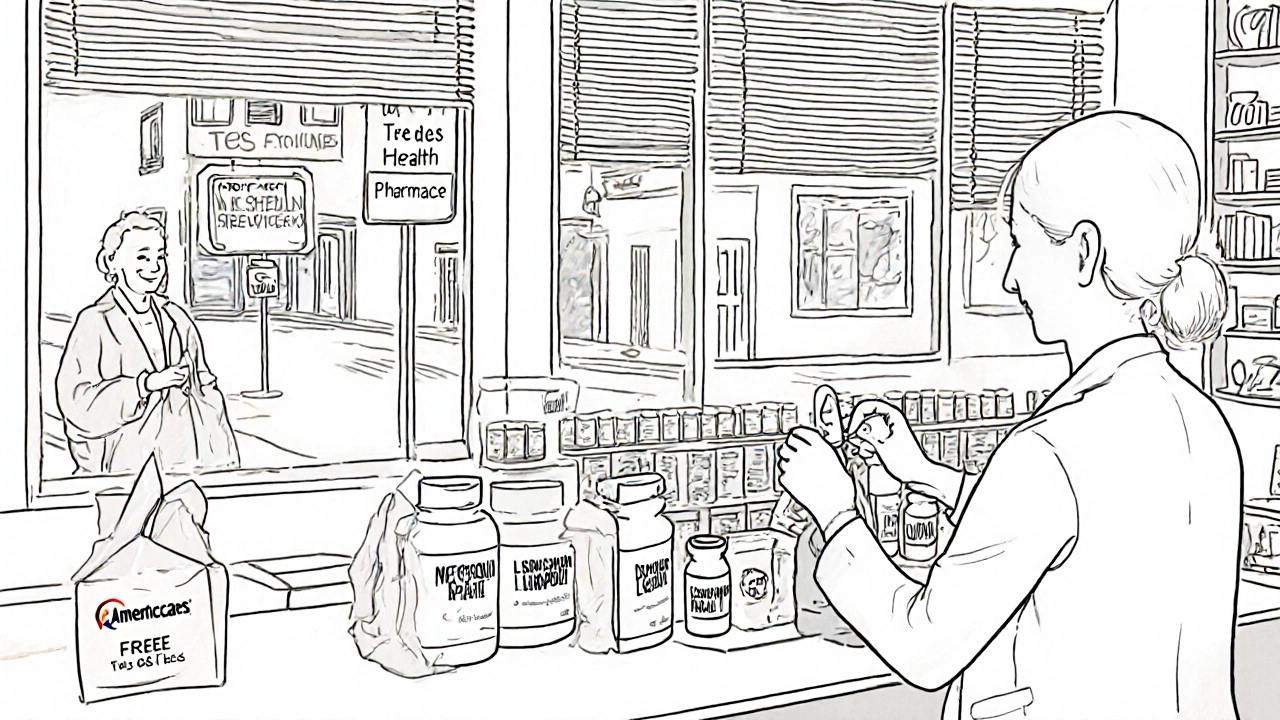
What Medications Are Usually Available?
Free clinics focus on chronic, life-sustaining drugs. You’re unlikely to get brand-name painkillers or cosmetic meds. But you can usually get:- Diabetes: Metformin, insulin (Humalog, Lantus), Glipizide
- High Blood Pressure: Lisinopril, Amlodipine, Hydrochlorothiazide
- Asthma: Albuterol inhalers, Fluticasone
- Cholesterol: Atorvastatin, Simvastatin
- Mental Health: Sertraline, Fluoxetine, Escitalopram, Lorazepam
- Thyroid: Levothyroxine
- Seizures: Levetiracetam, Lamotrigine
These are mostly generic versions, but they’re just as effective as brand names. If you need a specialty drug-like biologics for rheumatoid arthritis or cancer meds-you’ll likely be referred to a hospital program or patient assistance program directly through the drugmaker.
What to Expect When You Go
Your first visit is an intake. You’ll fill out forms, show your documents, and talk to a nurse or medical assistant. They’ll ask about your symptoms, how long you’ve been taking your meds, and if you’ve had trouble paying. Then you’ll meet a doctor-often a volunteer physician or a resident from a nearby medical school.If you qualify, they’ll write you a prescription. Then comes the tricky part: getting the meds. Some clinics have a small pharmacy on-site. Others give you a voucher to take to a local pharmacy that’s partnered with the program. In some cases, the clinic mails the meds to you.
Don’t be surprised if you’re asked to come back in a few weeks. Many clinics don’t stock every drug on hand. They order based on demand. If you need a med that’s not available, they’ll help you apply for a direct patient assistance program from the drug company. This can take 2-4 weeks, but it’s free.
Why Some Clinics Can’t Help You
Even the best clinics have limits. In 2022, 42% of free clinics reported medication shortages. Why? Because donations aren’t guaranteed. A company might stop donating a certain drug. A new generic comes out and the old one gets pulled. Volunteers quit. Funding runs out.Also, clinics don’t cover everything. You won’t get:
- Brand-name drugs unless generics aren’t available
- Drugs for short-term issues (like antibiotics for a sinus infection)
- Over-the-counter meds (they’ll tell you to buy those yourself or apply for SNAP)
- Controlled substances like opioids or benzodiazepines (except in rare, documented cases)
If you’re denied, ask why. Sometimes it’s a paperwork issue. Sometimes it’s a stock problem. Either way, don’t give up. Try another clinic. Call Americares or Direct Relief and ask if they can refer you to a partner clinic that carries your med.
What If You’re Just Above the Income Limit?
If you make a little too much to qualify for free meds, you’re not out of luck. FQHCs still offer sliding scale pricing. Even if you make $40,000 a year, your insulin might cost $15 instead of $300. Some pharmacies have discount programs too-like GoodRx, SingleCare, or RxHope. Combine those with clinic visits and you can slash your bill by 80%.Also, ask about Medicaid. Many people who think they don’t qualify actually do. The income limits are higher than you think. A clinic’s social worker can help you apply.
Can You Get Help for Mental Health Meds?
Yes. And it’s getting better. The Community Routes program is expanding, and more clinics now stock antidepressants and anti-anxiety meds. Mental health is no longer an afterthought-it’s a priority. If you’re on sertraline or fluoxetine and can’t afford it, your local free clinic is one of the best places to go.Don’t wait until you’re in crisis. Many clinics offer counseling and therapy too. Some even have telehealth options for follow-ups.
What to Do If There’s No Clinic Near You
If you live in a rural area, you might be 50 miles from the nearest clinic. That’s hard. But here’s what you can do:- Call Americares directly at 1-800-448-3678. They’ll mail you a list of nearby clinics and may even ship meds if you qualify.
- Apply for patient assistance programs through drugmakers. Companies like Pfizer, Novo Nordisk, and Eli Lilly have free drug programs for low-income patients. You can apply online-no clinic needed.
- Check with your local library. Many have health navigators who help people apply for medication help.
- Ask your pharmacist. Many are trained to help patients find discounts and programs.
Don’t skip your meds. There’s always a way. It might take a few calls, but someone will help you.
How to Help If You Can
If you’re in a position to help, donate. Clinics need:- Unused, unopened prescription bottles (check expiration dates)
- Financial donations
- Volunteer time-medical students, retired nurses, even translators
Visit nafcclinics.org to find a clinic near you that accepts donations. Even $25 can buy a month’s supply of metformin for someone who needs it.
Can I get free medications if I have Medicare?
Most free clinics only serve people without insurance. If you have Medicare, you should use your Part D plan. But if your Part D doesn’t cover your meds or your copay is too high, some clinics may still help you apply for extra assistance through the Medicare Extra Help program. Ask the clinic’s social worker.
Do I need to be a U.S. citizen to get free meds?
No. Most clinics serve anyone living in their service area, regardless of immigration status. Proof of residency (like a utility bill or lease) is what matters, not your paperwork. Many clinics have bilingual staff and know how to help undocumented patients.
How long does it take to get meds after applying?
If the clinic has the medication on hand, you can get it the same day. If they need to order it, expect 3-7 days. If you’re applying for a drug company’s patient assistance program, it can take 2-6 weeks. Don’t stop your meds-ask the clinic for a short-term supply while you wait.
Can I get insulin for free?
Yes. Many clinics stock insulin-especially Humulin and Novolin. Some even have newer long-acting insulins like Lantus. Americares alone distributed over 1 million insulin vials in 2023. If you’re struggling to afford insulin, your local free clinic is one of the most reliable places to get it for free.
What if I need a drug that’s not on the list?
Ask anyway. Clinics often have connections to specialty programs. For example, if you need a drug for multiple sclerosis or rheumatoid arthritis, they may refer you to a hospital-based program or help you apply through the drugmaker’s patient assistance portal. Never assume it’s impossible-many people get help for drugs they thought were out of reach.


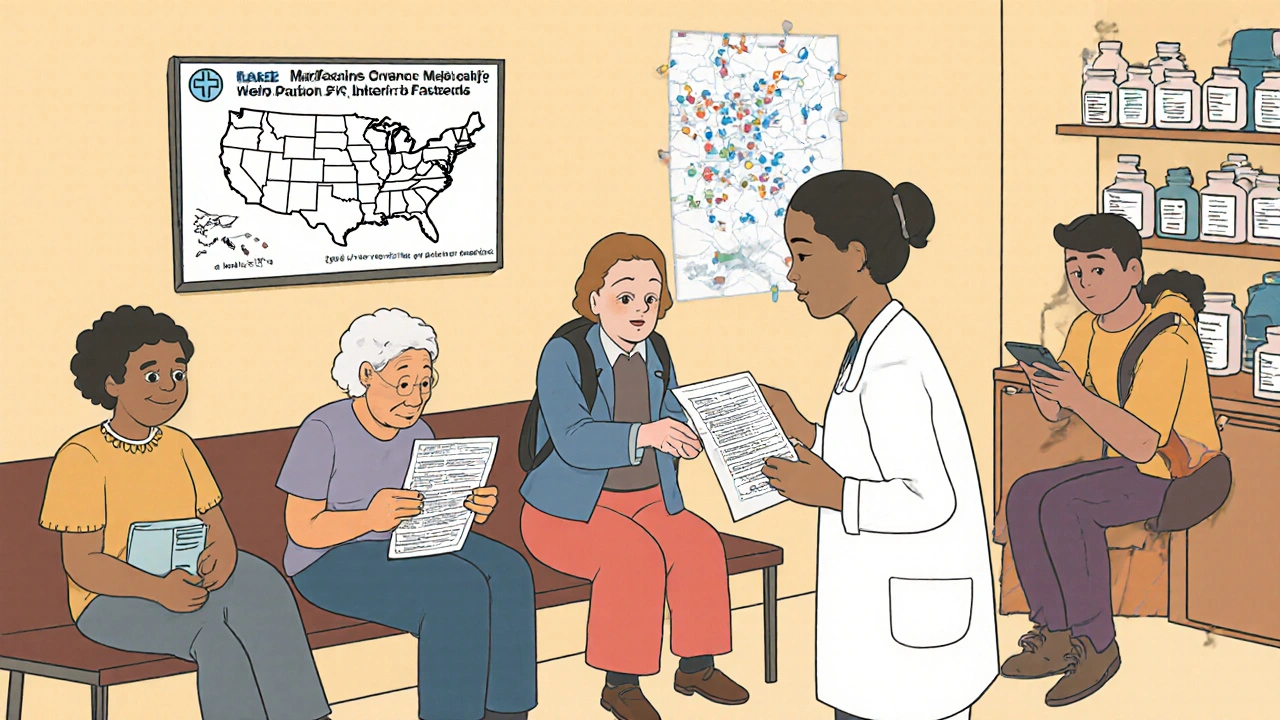

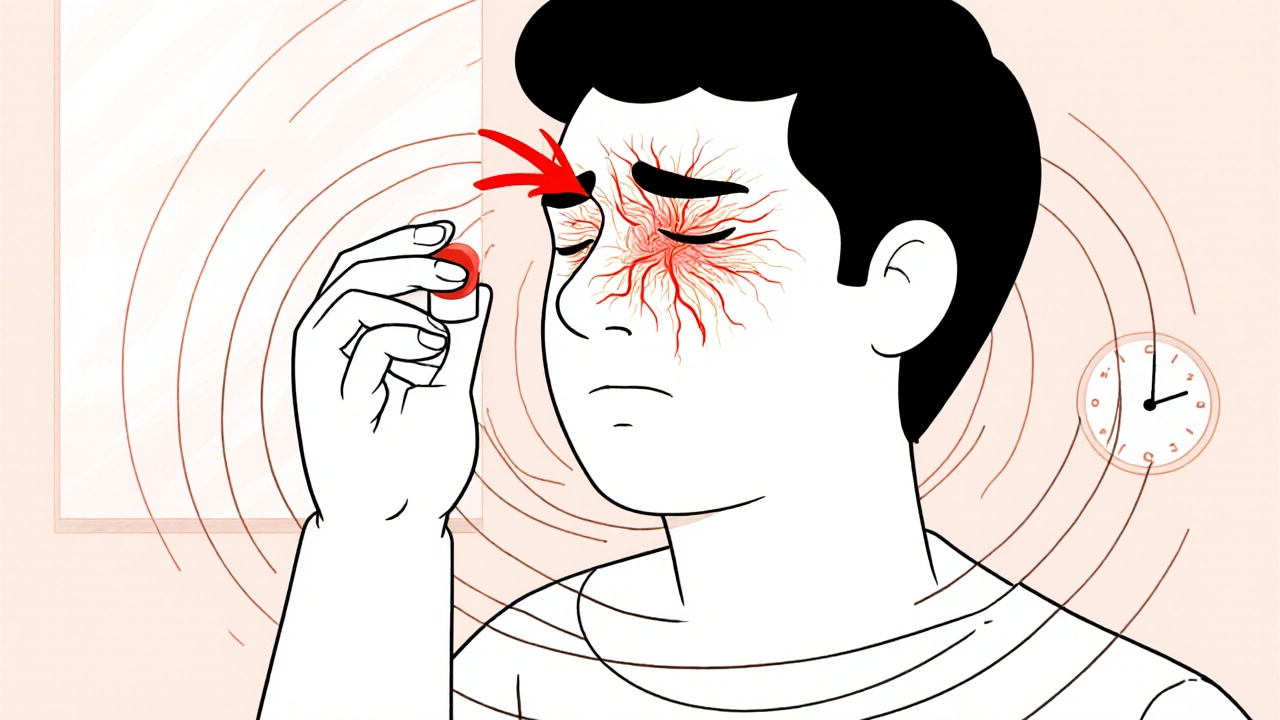

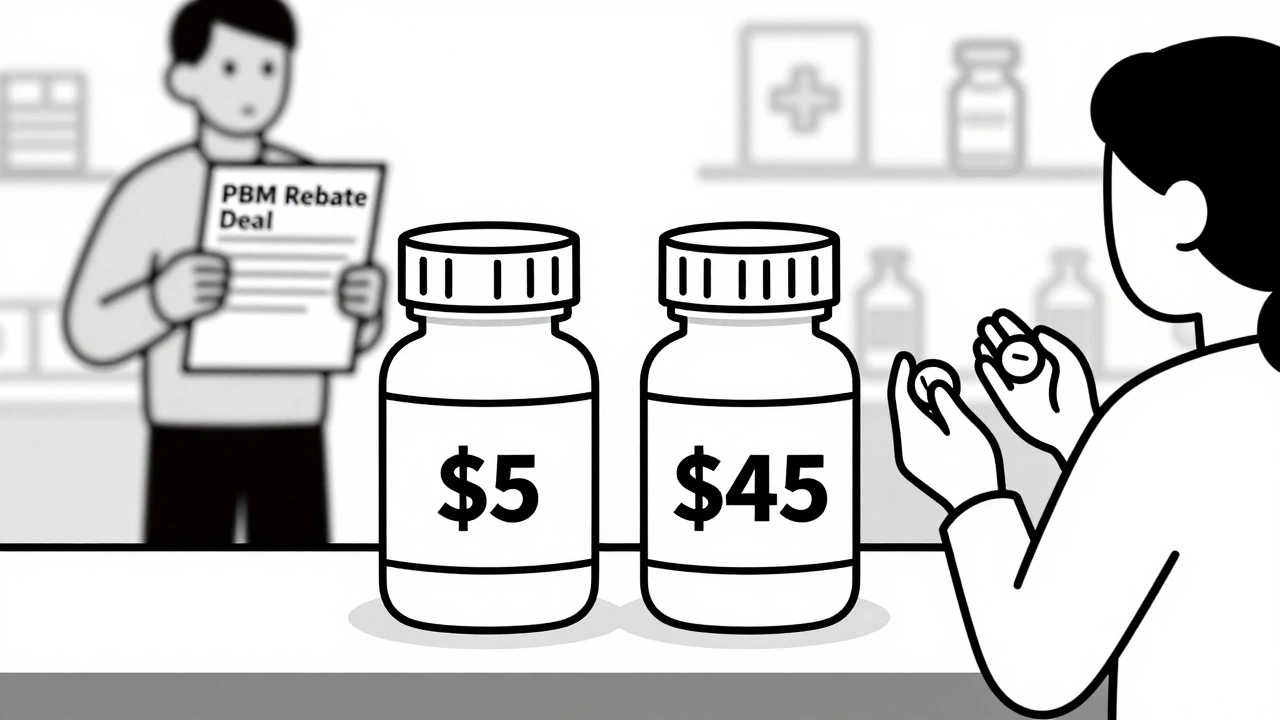
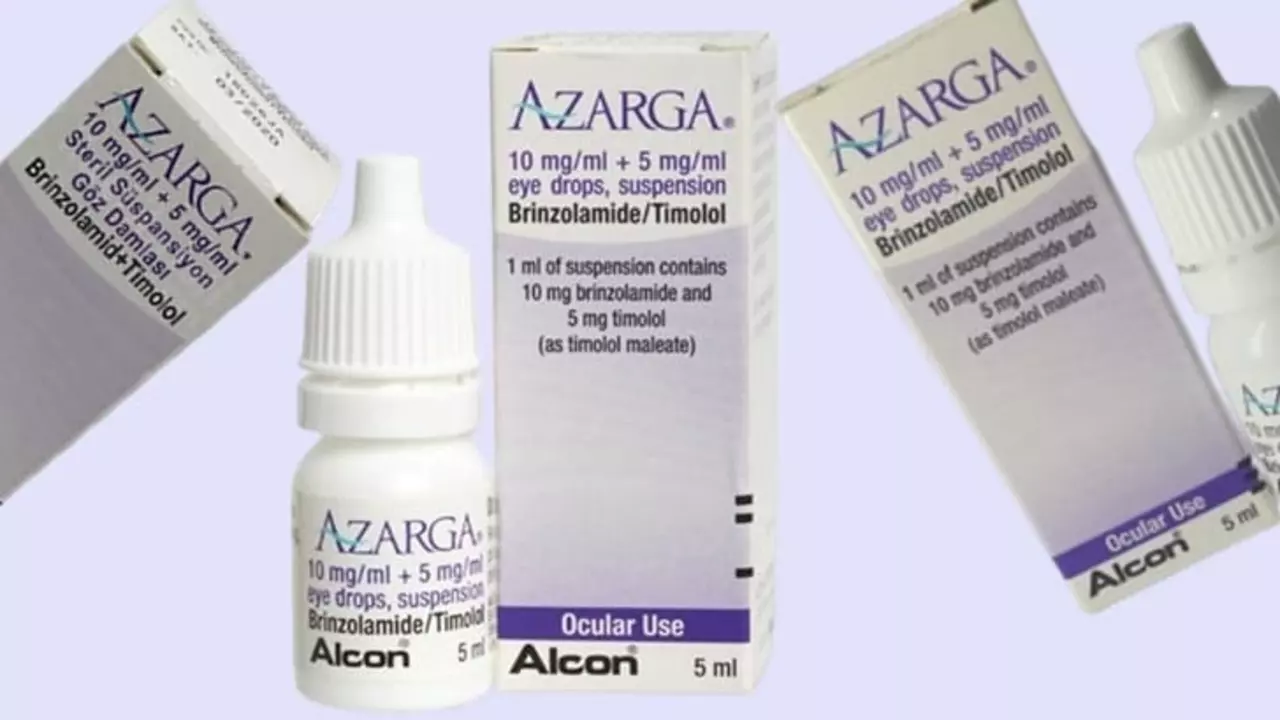

10 Comments